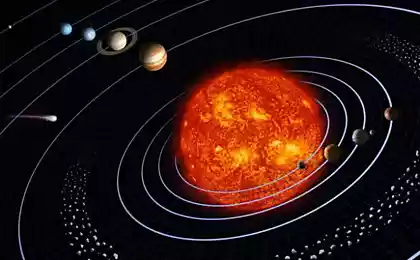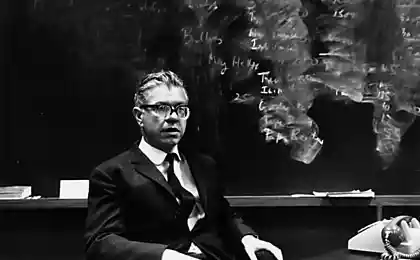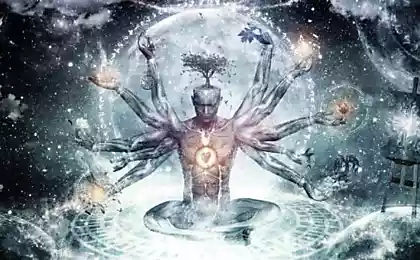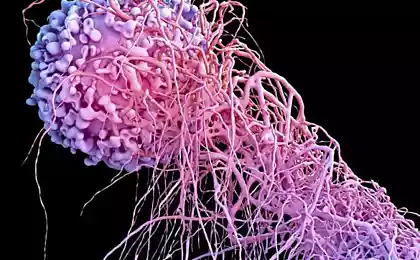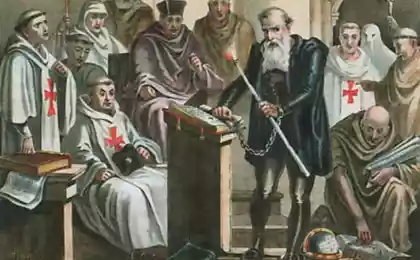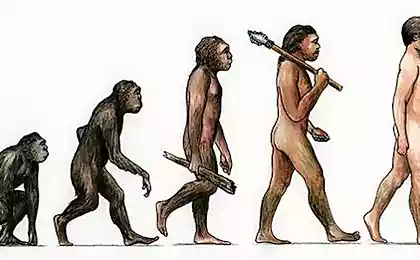762
9 most enduring scientific theories that were wrong

We used to trust the scientists. We refer to them when we want to give greater weight to his own words, quote them, involve as experts. But they are only human and can make mistakes, too. Even great.
1. Alhimiya
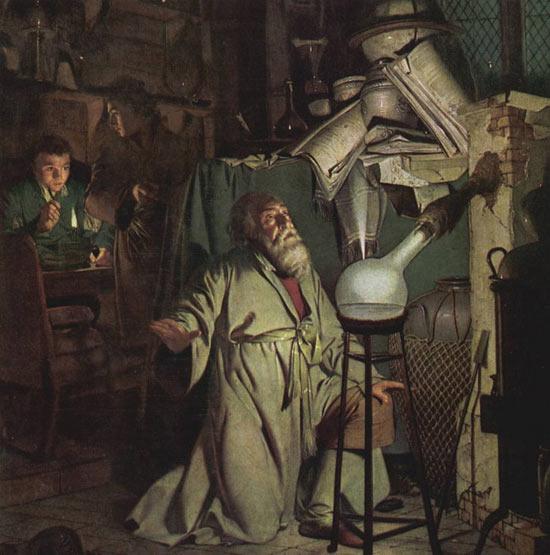
In the Middle Ages the idea of turning lead into gold does not seem so crazy as it is today. This is easily explained. The first experiments in chemistry were more than promising - mixed in a certain way the substance changes color sparkled exploded disappears, grew, shrank, exuded unusual smells ...
The conclusion is clear - why not dull gray metal to become a shining yellow? So began the search for a reagent capable to make such a transformation - the mythical "Philosopher's Stone».
Parallel searches were "elixir of life", which also remained a dream.
2. Flogiston

Phlogiston - it is such a "fiery substance" that in 1667 "discovered" by Johann Becher. Scientists believe that the substance contained in all combustible substances and disappears when they are burning.
Many scientists buy into the arguments and Becher tried using the phlogiston theory to explain some of the phenomena associated with fire and burning. For example, they believed that the flame is extinguished, when all the phlogiston released; that the air required for combustion because it absorbs flogiston; as we breathe, to rid the body of the same phlogiston.
The theory of phlogiston had lasted until the end of the 18th century, there is no oxygen theory of combustion.
3. "Rain follows the plow"

Now it seems incredible, but once among Americans and Australians was very popular theory that if hard enough and long to cultivate the land, it is certainly going to rain.
This idea has not been questioned, because ... confirmed. No, of course, the plow does not cause any rain. However, in some regions (such as the American West, for example) for a long period of drought will certainly follow the rainy season. And if for a long time to go to the plow on the field, then sooner or later there comes a change cycles.
4. Earth the entire 6000 let
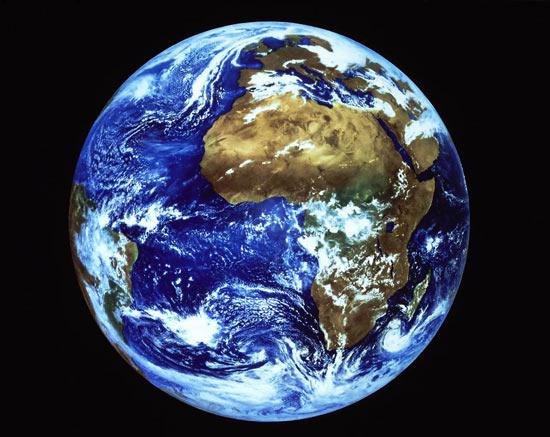
Once upon a time, the accuracy of the historical events described in the Bible is not in doubt, despite some inconsistencies.
Take, for example, the age of the planet. The 17-Mweka an Irish archbishop calculated based on the biblical chronology, that the Earth was created in the year 4004 before Christ. His conclusions were recognized by official science for nearly 200 years.
A modern calculations based on radiological dating can determine the age of the planet more accurately. And according to these data the planet no less than 4, 5 billion years.
5. Atoms - the smallest of the existing chastits

The idea that matter consists of small particles (atoms) is familiar to mankind than a thousand years, but that there is something even smaller, the researchers began to suspect only in the 20th century: Thompson discovered the electron, Chadwick - neutron, Rutherford I created the planetary model of the atom ... Since then, we have come a long way, which just recently culminated in the discovery of the Higgs boson.
6. DNA initially did not attach great znacheniya
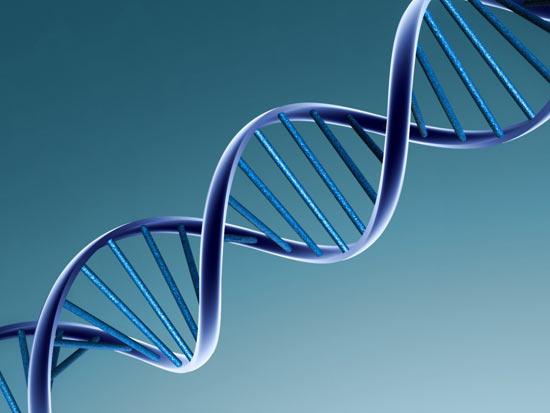
The discovery of DNA refers to the 1869 lands. However, for quite a while nucleic acids of great importance no one gave. The material transmitting genetic information, scientists thought proteins - they thought that DNA is too simple for such work. And only in 1953 mgodu American biochemist Watson and Crick discovered the structure of DNA and explained the rest of the world as it is a simple molecule manage to cope with this difficult task.
7. Germs and hirurgiya
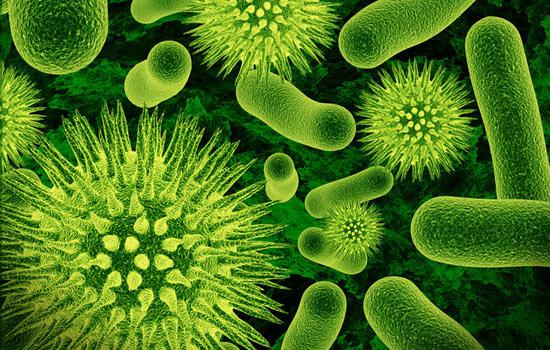
Before kontsa19-Govek, no matter how crazy it sounds, the doctors did not see the need to wash their hands before they take up a scalpel. The result - a solid gangrene. Infection is usually explained by "bad air" and blamed the disease in violation of the balance of "four body fluids" (blood, phlegm, yellow bile and black).
Revolutionary theory that the cause of the disease can be microbes in the academic world for a long time simply ignored. It was only in 1860 hgodov when it took over the French microbiologist Louis Pasteur, she began slowly to win the attention of physicians. And then the doctor like Joseph Lister finally convinced his colleagues of the need to wash wounds and sterilize surgical instruments.
8. Earth - the center Vselennoy
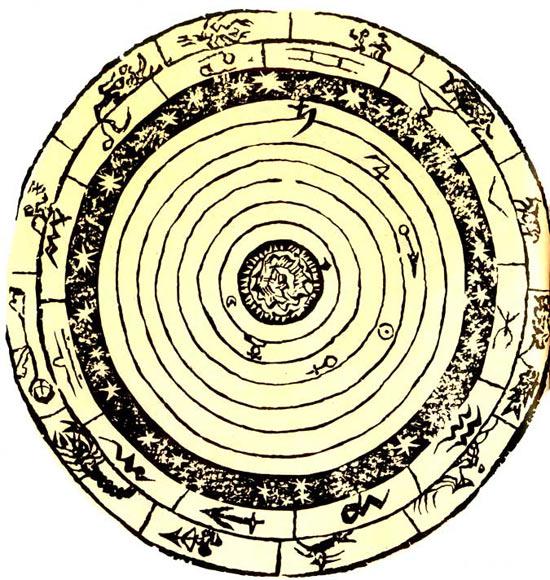
In the second century astronomer Ptolemy built the famous model of the solar system, which are located in the center of the Earth. This model was considered the absolute and immutable truth for all of Western Christendom as much as 15-gostoletiya until it was supplanted by the heliocentric (Vol. EV centered on the Sun) system of the Polish astronomer Nicolaus Copernicus.
Copernicus was not the first who came up with the idea that the Earth revolves around the sun, but he was the first to whom listened.
9. The system krovoobrascheniya

We all know how important the heart - it does not need to be a doctor. But in ancient Rome even doctors thought otherwise.
The famous physician Claudius Galen (130-200gg. BC. E.) Was convinced that the blood produced by the liver as a result of digested food compounds with air. Then portions of the blood through the veins (each time new) come to the heart, and from there spread out through the arteries throughout the body. Government also use blood as a fuel.
Galen's theory has not been questioned before in 1628, is an English physician William Harvey did not publish his work entitled "The anatomical study of the motion of the heart and blood in animals," which argued that the blood returns to the heart in a closed cycle.
via factroom.ru

